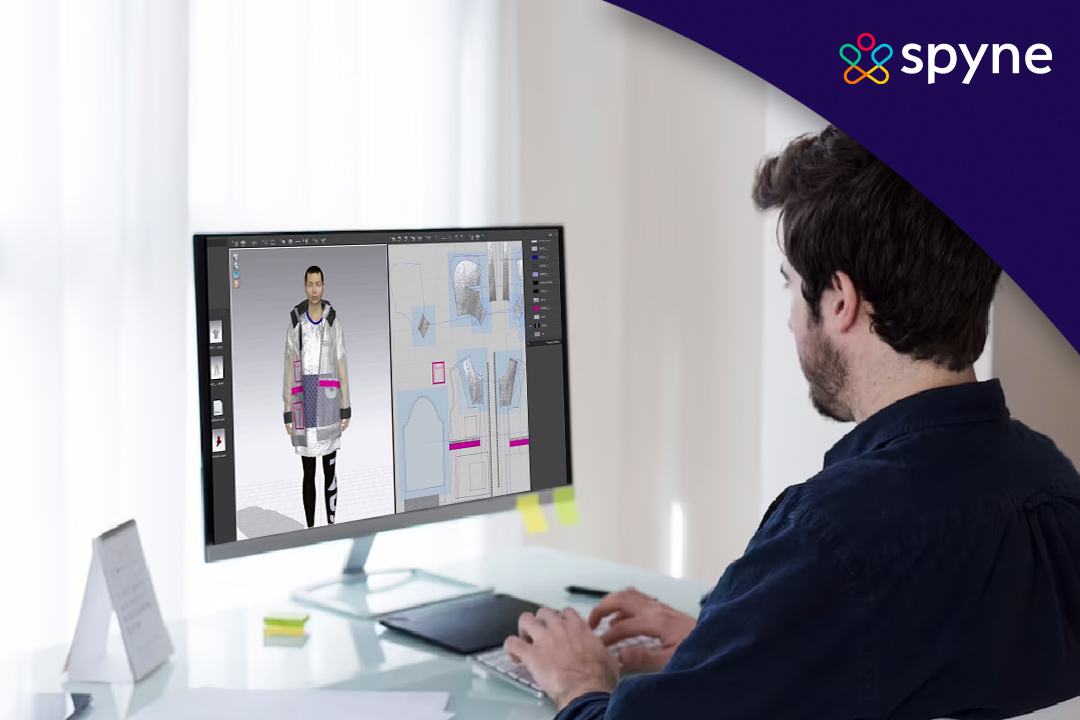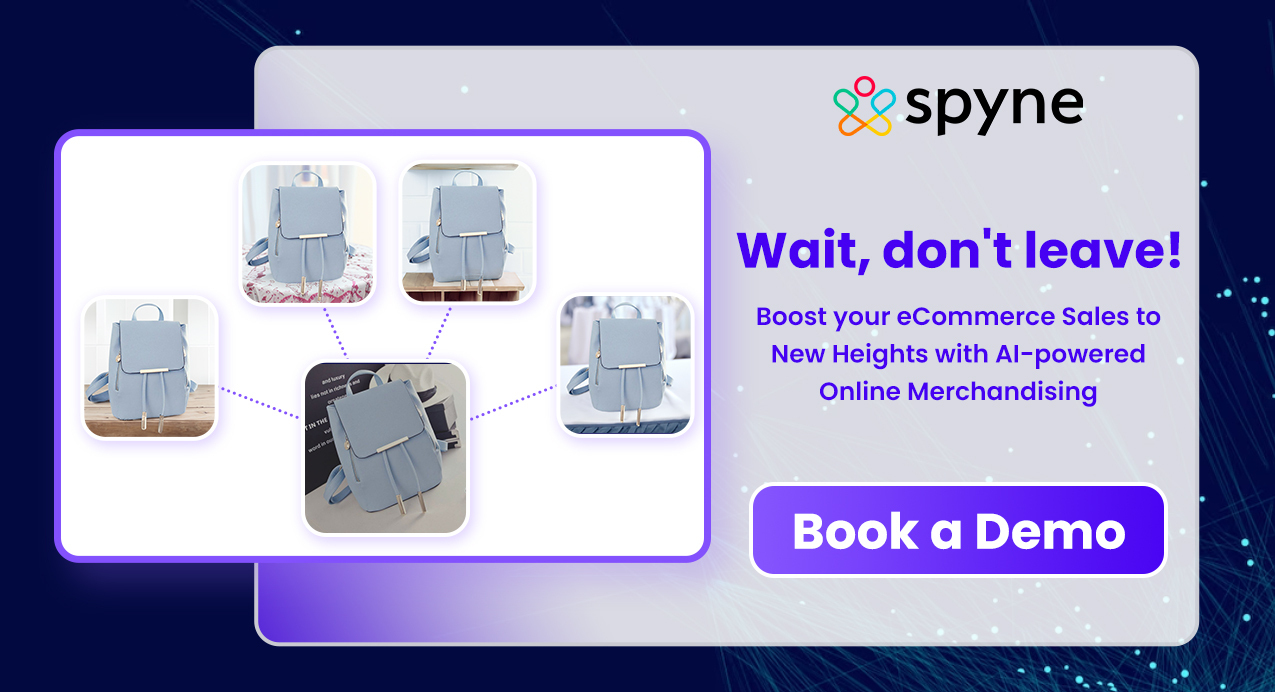The fashion industry constantly seeks new methods to differentiate itself from competitors. With the advancement of technology, fashion companies are beginning to integrate 3D apparel design tools to remain fashionable within the market.
One of the newest tools designers have adopted is 3D rendering fashion, which aids in creating unique and captivating designs. But what are the benefits of 3D rendering clothes in the fashion industry? Firstly, it allows designers to produce lifelike images of their designs, providing customers with a clearer picture of the final product.
In addition, it permits designers to experiment with various materials, shades, and hues without creating a real prototype for each variation. Simply put, 3D rendering offers multiple advantages to designers and customers alike. This blog will look at the benefits of 3D rendering fashion, its types, process, cost, innovations, and impact on the fashion industry. Let us dive in.
What is 3D Rendering in Fashion
3D rendering in fashion refers to generating a three-dimensional image of a garment or fashion accessory with specialized software. This process involves taking a data set, such as CAD files or photographs, and feeding it into a rendering program. The program creates a visual representation of the garment that can be viewed from different angles. The use of 3D rendering in fashion enables designers to visualize how their designs will look on models without having to produce physical prototypes.
This can save time and money. It also allows designers to make design iterations and explore different ideas freely. Additionally, 3D apparel rendering can help designers and manufacturers to reduce waste and make more sustainable choices. This is done by allowing them to create digital samples and prototypes before committing to physical production.
The fashion industry can benefit from the impressive capabilities of 3D rendering. It enables the creation of realistic images of clothing and accessories. This technology can be leveraged to create virtual fashion shows, providing designers and buyers with a more accurate depiction of how garments will look before production.
Moreover, 3D rendering fashion can be utilized to generate visuals of custom-made clothing for individual customers. This enables customers to preview how a garment will fit and look on them prior to making a purchase, potentially leading to increased customer satisfaction and fewer returns. In general, 3D rendering clothes offers numerous advantages to the fashion industry, and we anticipate its growing prevalence in the future.
10 Benefits of 3D Rendering in the Fashion Industry
3D rendering offers numerous advantages in the fashion industry, and here are just a few of them.
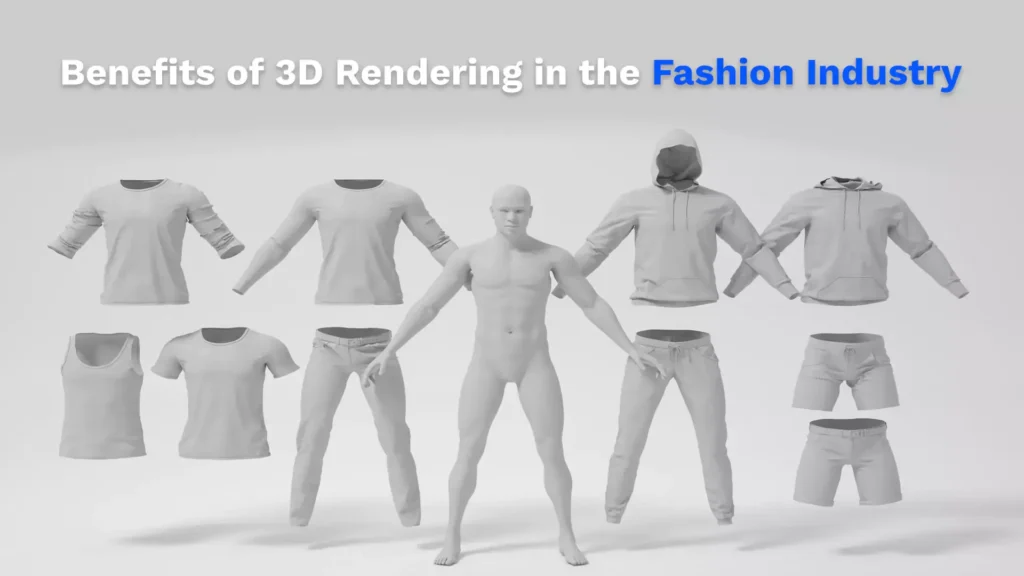
1. Agility
3D rendering fashion allows for the rapid creation of digital renderings. This helps achieve personalization for individual clients or duplicates with minor changes to suit various situations and is transmitted worldwide in seconds. This enables agile responses to urgent requests from clients or stakeholders.
2. Sustainability
Businesses can use 3D rendering to evaluate numerous design options, minimize the number of physical prototypes, and reduce waste. This aligns with the industry’s growing emphasis on sustainability.
3. Design competence
3D rendering clothes reduces design time and costs by allowing for comprehensive review, testing, and updating of each component of a structure or product before it goes into production. The ability to view an object from any angle also exposes flaws that cannot be revealed by traditional 2D designs or drawings.
4. Ease and flexibility in prototyping
3D rendering offers easy and flexible prototyping. It allows designers to work on and modify a product design without creating additional sketches. It also shows the product from various angles.
5. Precision and quality
3D scanning and rendering can be used to generate precise virtual sites and spaces, ensuring total quality and precision of the final design.
6. Ease of design development
3D fashion photography eliminates the need for businesses to order multiple prototypes, enabling them to test different concepts quickly and efficiently.
7. Quick fixes and remodeling
3D rendering helps producers identify design flaws ahead of time without the need for prototyping and can automatically report errors and verify that the product adheres to the blueprints.
8. Easy documentation
3D renderings can be easily documented, serving as a shared point of reference for planning and discussion. This facilitates communication and decision-making during the enhancement phase.
9. Enhanced collaboration
3D rendering promotes collaboration among designers, allowing for seamless idea-sharing and integrated workflows. This enables the project to be completed on schedule and within budget.
10. Marketing benefits
3D apparel rendering is instrumental in promotion, presentation, or advertisement and has already benefited numerous fashion businesses in their marketing endeavors.
Types of 3D Rendering
There are three primary types of 3D renderings: solid, wireframe, and surface.
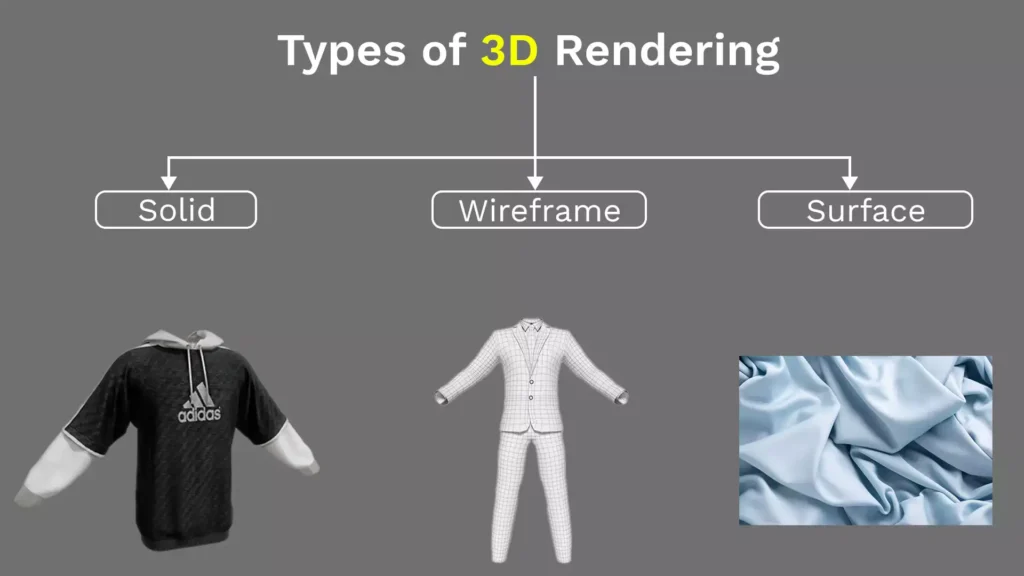
1. Solid
A solid 3D rendering is an authentic depiction of an object. It displays all its features and details. This type of rendering is typically used for products that require a full representation, such as furniture or cars.
2. Wireframe
A wireframe is a 3D render that provides a simple virtual description of an object. It only showcases the object’s outline. Wireframe rendering is mainly used for things such as clothes and building designs that need to be viewed from different angles.
3. Surface
A surface 3D rendering is a 2D representation of a 3D object. This type of rendering is commonly used for products that only need to be shown from one angle, such as jewelry or shoes.
3D Clothing Rendering Process
The 3D visualization design process for clothing is similar to that of any other product.
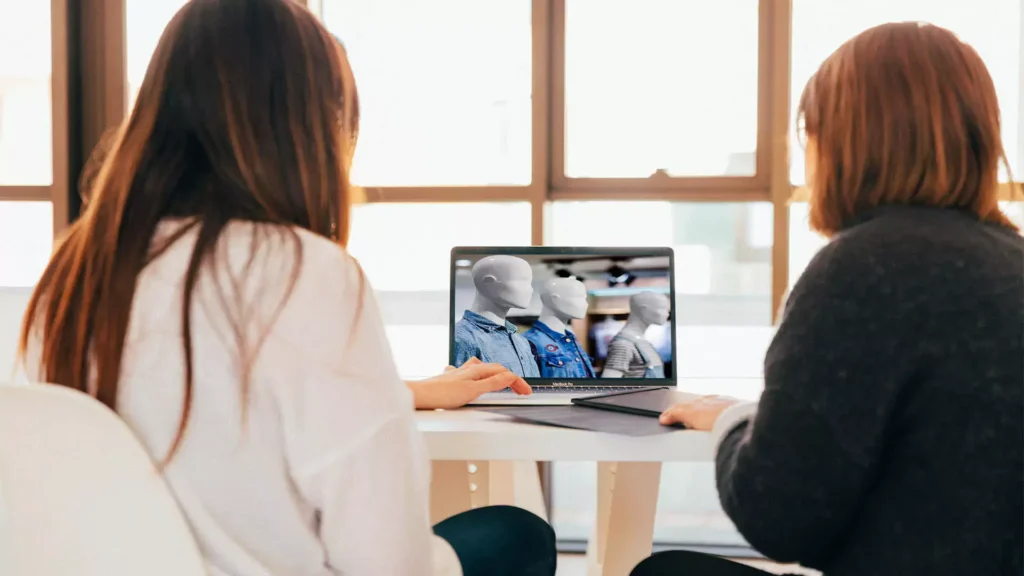
Here are the steps followed:
1. Client’s vision
The client and the rendering artist discuss the project. Here the artist seeks a clear understanding of the client’s needs. The client should give all the requirements for the apparel model, along with a few rough sketches annotated to provide information about the various dimensions.
2. 3D modeling
The artist can make the 3D model with the help of CAD, a popular design software. The model is created based on the client’s requirements and reference images. A base model can be purchased from a 3D asset marketplace and modified. The other option is to make the base model and change themselves. The artist can also include clothing components, such as buttons and zippers, in the 3D modeling design.
3. Material and texture
Photorealism is crucial in creating a high-quality rendering. The right choice of digital materials, colors, textures, and patterns applied to the surface is essential. This process is similar to an architectural 3D rendering service.
4. Lighting
Light intensity and direction affect how the human eye perceives an object. The clothing itself (its materials, colors, patterns, and components) inevitably triggers reflection or refraction in specific directions, affecting how it looks in the real world.
After the 3D model has been fully designed and customized according to the client’s requirements, the artist creates a 2D image from the model. Based on the complexity of the details desired, this process can take any time between minutes and days. Rendering is a hardware-demanding process, and some visualization studios use a render farm to complete the task quickly.
Rendering is typically done at least twice. The first 3D fashion render is a draft for the client to assess. If revisions are necessary, the artist makes the changes, and the second render comes after the revisions for final approval.
How 3D Fashion Rendering Brings Opportunity for Innovation
1. Clothing Prototype Creation
3D rendering provides a significant advantage to the fashion industry by enabling designers to generate precise prototypes of their designs. Such replicas can be used for fittings, photo shoots, and runway shows, resulting in a more streamlined design process and fewer errors in the final product.
2. Swatch Photography for 3D Apparel Rendering
3D rendering allows apparel designers to produce creative and groundbreaking designs that were previously impossible with conventional techniques. This technology enables designers to explore new materials, shapes, and textures without the limitations imposed by standard manufacturing procedures. Consequently, fashion brands can extend the limits of design and present their clients with genuinely exceptional products.
3. Virtual Tryouts
Virtual fitting technology, also called virtual try-on, allows customers to experience the fit, size, and style of garments without physically wearing them. Using a camera-equipped device, augmented reality technology creates a realistic virtual representation of the product over the customer’s real-world image, providing an accurate preview of how the product would look on their body.
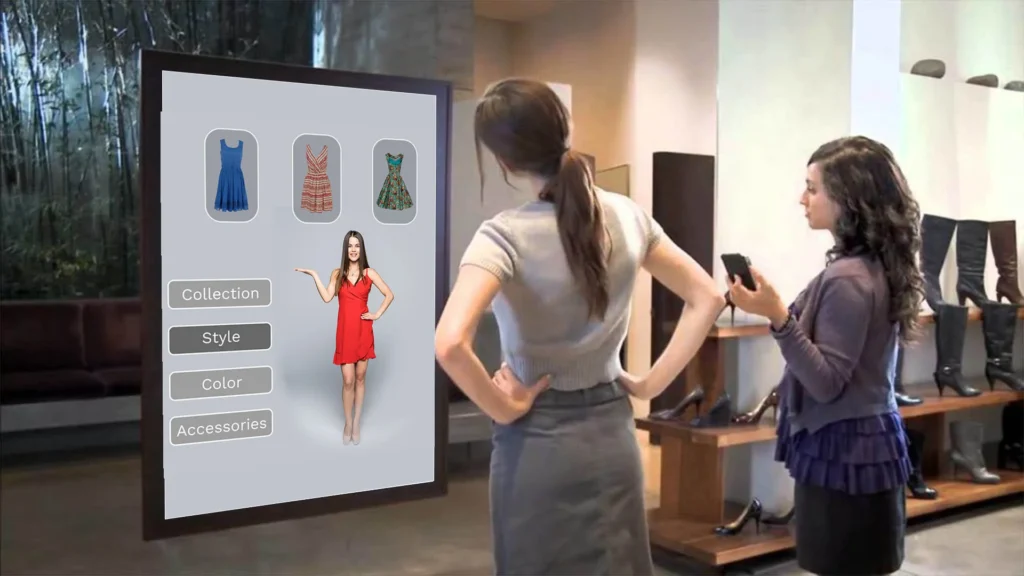
Retailers use “magic mirrors” strategically placed throughout the store and inside fitting rooms. These mirrors incorporate virtual try-on software allowing customers to try on clothes virtually without removing them. Additionally, some vendors provide innovative mirror technology that will enable customers to effortlessly and instantly change clothes, colors, and patterns.
The Cost of 3D Rendering for Fashion
To obtain a product 3D rendering fashion design, you can expect to pay between $50 and $600 at a visualization studio. Generally, higher prices indicate better quality work. While it may be challenging to find studios or individual artists who charge less than $50, many charge more than $600. The cost may also vary based on the studio’s location, with visualization studios in the United States, the United Kingdom, Canada, and Western European countries charging more than those in China and India, likely due to differences in labor costs and work quality.
If you’re looking for a single clothing article design, the minimum price for a 3D apparel rendering is around $99, but the price can increase for more complex products.
Impact of 3D Technologies on the Fashion Industry
The fashion industry, known for its focus on creativity and self-expression, is gradually adopting innovative technologies to keep up with the evolving consumer and retail landscape. By embracing various 3D rendering technologies and implementing digital workflows across their business models, fashion organizations can accelerate their time-to-market while maximizing efficiencies in communication and production.
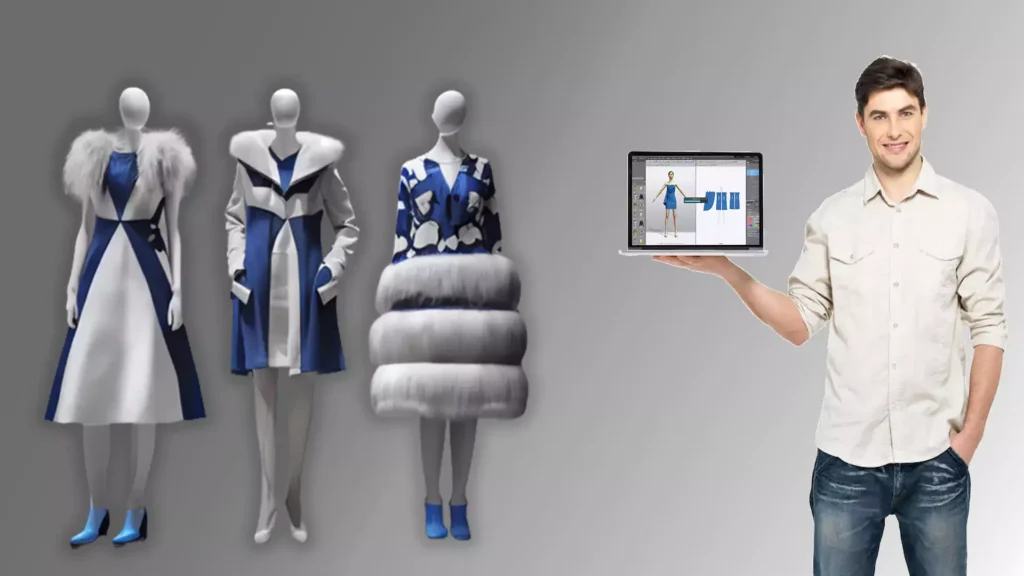
Here are four ways in which 3D rendering technology has impacted the fashion industry:
1. Streamlining On-Demand Production
Overproduction is a major challenge the fashion industry faces, and keeping up with evolving trends can be daunting for apparel companies. However, with 3D clothing rendering software, organizations can quickly adapt to changing trends.
They can create accurate digital samples that showcase endless variations from seams, pockets, and layers to fabric properties and material visualization. This enables organizations to produce trendy and precise garments on demand rather than an entire collection that may become outdated quickly.
2. Enabling Virtual Merchandising
With the fashion industry embracing technology and digital retailing, retailers and social networking platforms create an alluring and engaging consumer shopping experience. 3D rendering capabilities enable consumers to “wear and try on” their digital garments, accurately reflecting their body shape and size.
They can also check how the fabric fits, drapes, and folds. This leads to lower shipping costs and less cluttered wardrobes as consumers can buy better quality clothes. These tailored garments are more durable and decrease the number of returns due to higher customer satisfaction.
3. Promoting Sustainable Business Practices
In response to the fashion industry’s growing waste crisis, many industry creatives have embraced 3D rendering fashion technology. Using 3D technology, fashion brands can conduct the sampling process entirely digitally, reducing fabric waste by as much as 80%. This is because creating a 3D digital twin of a physical garment minimizes the number of approval iterations needed to achieve the desired outcome.
4. Faster Time to Market
One of the many benefits of 3D fashion photography is that apparel designers and brands can make confident decisions when validating their garments’ fit and styling. By utilizing a digital twin of physical garments, designers can eliminate doubts and errors while creating garments. This helps in saving time, and designers can put their focus on creating high-quality clothes and bringing them to the market at a faster pace.
3D rendering is undoubtedly changing the game in the fashion industry. With advanced digital tools available in the market, it’s in the best interest of apparel organizations to take part in the digital transformation and reap the benefits that 3D rendering has to offer.
3D Apparel Rendering Made Easy With Spyne
Spyne is revolutionizing how ecommerce fashion businesses display their products online with the help of Artificial Intelligence. It is important to show a model wearing the apparel you want to sell. It gives the customer a sense of how the clothing will look when worn by them.
Spyne helps make this process easy. All you need to do is click a swatch of the clothing item to be displayed. It captures the fabric color and texture and recreates it on a model. This means you don’t need to hire a model and photography studio for each apparel separately. Get in touch with us for high-quality results generated within minutes.
Conclusion
The fashion industry is experiencing a significant shift in how designers approach product development, pattern making, and fittings due to the emergence of 3D rendering fashion design technology. It simplifies the design process, saving time and money while reducing environmental impact. Additionally, 3D rendering and augmented reality experiences allow fashion brands to connect with audiences worldwide, strengthening brand affinity.
Thanks to the introduction of virtual clothing, designers no longer need to use actual fabrics or manually sew garments. As a result, the way clothing is made and manufactured has been transformed.

